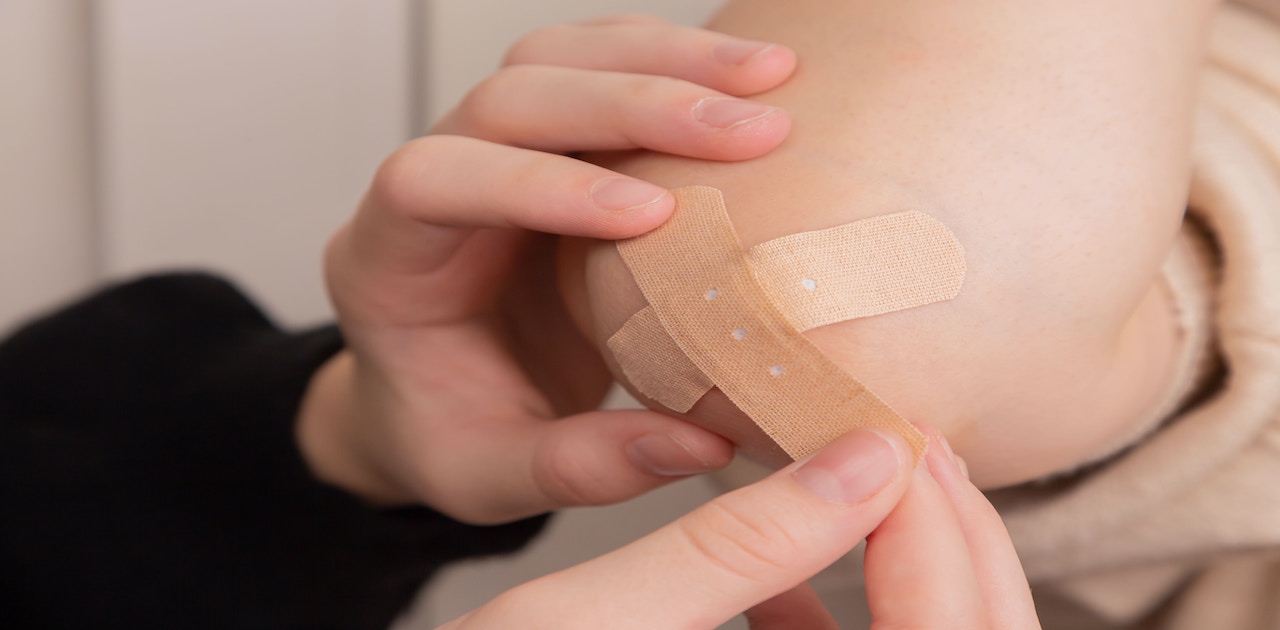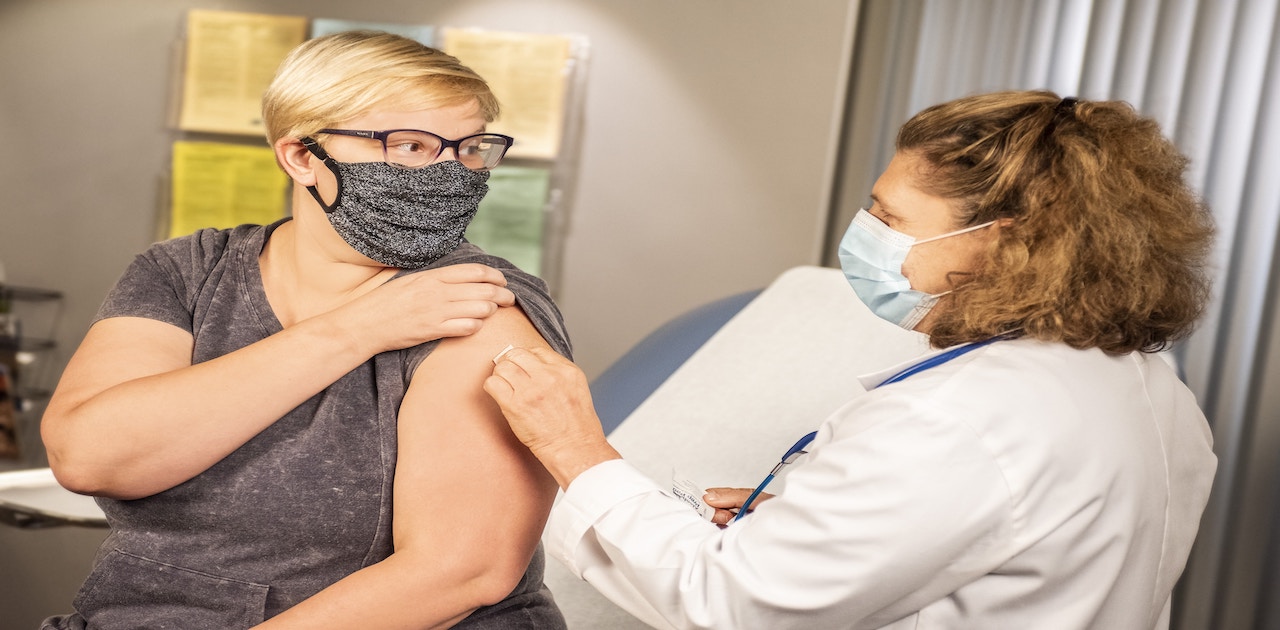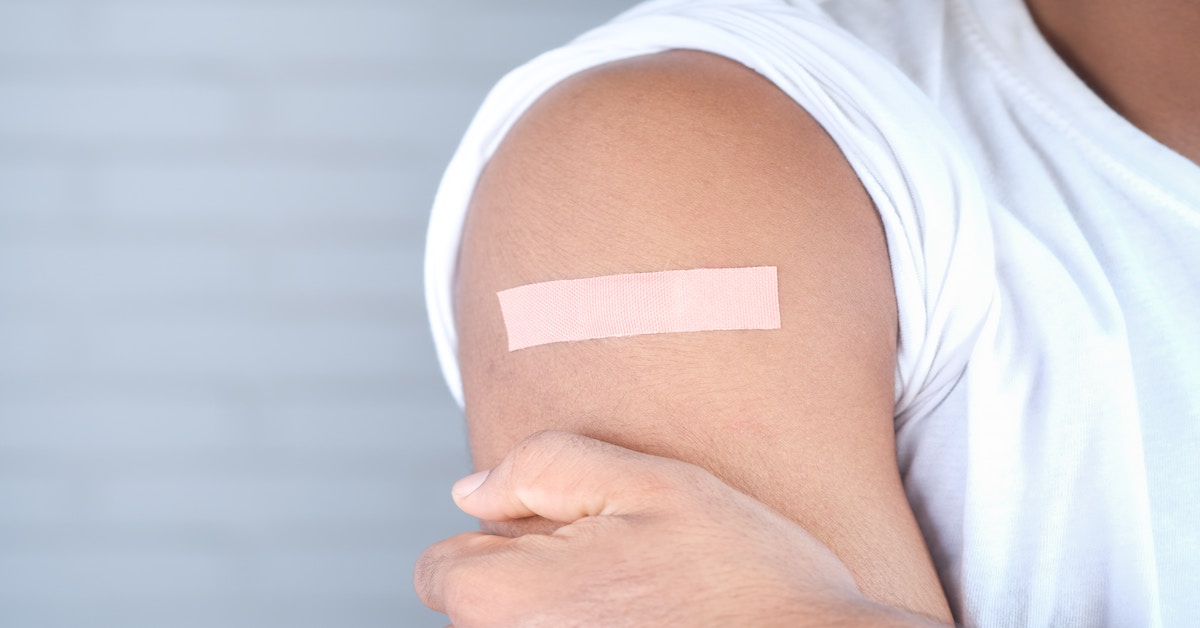If you ever thought about patch testing for your new products at home. These are some things to consider when patch testing skincare products at home.
Patch testing is a specialised diagnostic procedure used to identify contact allergies, playing a pivotal role in dermatology and allergology. Conducted by healthcare professionals in a controlled clinical environment, this procedure involves the application of specific allergens to a patient’s skin to detect allergic reactions. However, for individuals unable to access immediate professional care, there is a growing interest in understanding how to perform patch testing at home.
Knowing the considerations, steps, and potential risks associated with home patch testing can be essential. Also, it is important to emphasise that home patch testing should never replace professional evaluation. This information can be valuable for those with suspected contact allergies who are temporarily unable to consult with dermatologists or allergists. Within the following discussion, we will explore the preparations, procedures, and post-test measures individuals can take if they choose to undertake home patch testing, always with the understanding that professional medical consultation remains the gold standard for accurate diagnosis and treatment.
Important Considerations Before Home Patch Testing

• Self-Assessment: Assess your symptoms and determine if patch testing is appropriate. Patch testing is used to diagnose contact allergies, so it is essential to suspect that your skin reactions are caused by contact with specific allergens, such as certain cosmetic products, fragrances, metals, or chemicals.
• Avoiding High-Risk Substances: If you suspect you are allergic to a particular substance, avoid direct skin contact until you can undergo professional patch testing.
• Delaying Testing: If you have had severe allergic reactions in the past, or if your skin is susceptible, it is safer to wait until you can consult a healthcare professional for proper patch testing.
• Patch Test Allergens: Patch test allergens can be purchased from some specialized online retailers or pharmacies. These kits typically include a range of common allergens, but the selection might be limited compared to what is available in a clinical setting.

Preparing for Home Patch Testing
• Choose a Test Area: Select an area on your back or inner forearm that is relatively free from skin conditions, cuts, rashes, or other irritations. Avoid applying patches to the face or areas with a lot of hair.
• Read Instructions Carefully: Follow the instructions provided with the patch test kit diligently. The instructions will guide you on how to apply and remove the patches, the test duration, and how to interpret the results.
• Conduct a Self-Patch Test: Before applying the set of allergens, you may want to conduct a self-patch test to check for skin sensitivity to the adhesive tape or the test substances. Apply a small piece of adhesive tape and a drop of one of the allergens to a small area of the test site. Observe for any irritation or reactions for 24 hours before proceeding with the full patch test.
Related Post: 5 Reasons How Staying Healthy Helps Improve Your Skin
Applying the Patch Test

1. Clean the Skin: Clean the selected test area with mild soap and water, then pat dry it.
2. Apply the Patches: Use the provided patches or tape to apply the allergens to the test area. You can use a marker to label each patch with the corresponding allergen for easy identification.
3. Record the Start Time: Note the start time of the patch test, as it will determine the duration for which the patches should remain on your skin.
4. Avoid Disturbing the Patches: During the patch test period, avoid activities that might cause excessive sweating, rubbing, or loosening of the patches. This includes showering, swimming, or engaging in intense physical activities.
5. Monitor the Skin: Throughout the testing period, observe the test site for any signs of redness, swelling, itching, or other skin reactions. Record any observations in a notebook.

Removing the Patches and Evaluating the Results
• Patch Removal: Carefully remove the patches after the recommended test period (typically 48 hours). If you experience any severe reactions or discomfort, remove the patches immediately.
• Additional Reading Time: Some patch test kits may recommend a second reading after 72 or 96 hours to detect delayed reactions.
• Patch Test Evaluation: Examine the test site and record the results. Compare the reactions to each allergen and take note of any positive responses (e.g., redness, swelling) that occur specifically under certain patches.
• Interpretation of Results: It is essential to remember that interpreting patch test results accurately may require specialised knowledge and experience. Home patch test results should be taken cautiously and not be relied upon for definitive diagnosis.
Relevant Post: 5 Simple Tips For Protecting Your Skin
Follow-up and Professional Consultation

• Seek Professional Evaluation: Even if your home patch test results show potential allergens, it is vital to consult a dermatologist or allergist for a comprehensive evaluation. They can confirm the diagnosis, identify additional allergens, and recommend appropriate treatment and management strategies.
• Avoid Self-Treatment: Do not attempt to self-treat based solely on home patch test results. Treatment decisions should be made by healthcare professionals who can consider your medical history and perform further assessments.
• Professional Patch Testing: Schedule a professional patch test with a qualified healthcare provider for a more comprehensive evaluation and precise diagnosis.
Read More: What Is Glass Skin and How You Can Attain It
Home patch testing can be a last resort for individuals with suspected contact allergies when immediate access to professional medical care is limited. However, it must be underscored that this approach may carry inherent risks and limitations. While it may help identify potential allergens, the results should be viewed cautiously and never used as a basis for diagnosis or treatment decisions. The importance of seeking consultation with a trained dermatologist or allergist cannot be overstated. These specialists possess the expertise and resources necessary for accurate diagnosis, interpretation of patch test results, and the formulation of appropriate treatment plans.
Moreover, the risks associated with home patch testing, including the potential for irritant reactions, false positives, and inadequate allergen selection, highlight the importance of professional oversight. Attempting to diagnose contact allergies independently can lead to confusion, mismanagement, and even more severe skin reactions. While home patch testing may offer some insights into potential allergens, it should be temporary until professional evaluation becomes feasible. Safety, accuracy, and comprehensive care are best achieved through consultation with a qualified healthcare provider specialising in dermatology or allergology.

